In commercial greenhouse farming, the human element remains essential despite advances in automation. Luis Gabriel Forero, a greenhouse manager for Sunterra Greenhouses in Alberta, Canada, shares his insights on the crucial role of labor in greenhouse operations. Forero's story highlights the complexities of balancing automation with the irreplaceable value of human workers, especially in a labor-intensive environment like greenhouse farming.
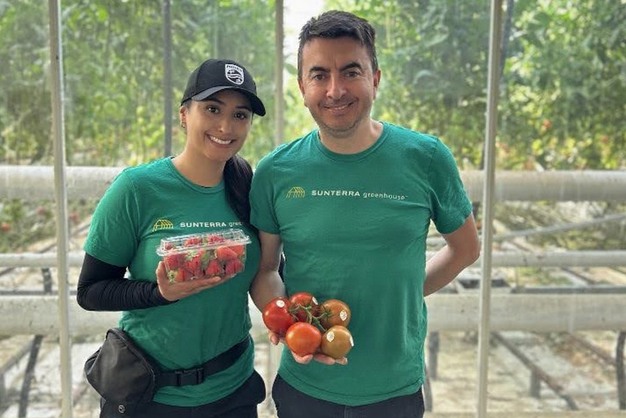
The human side of automation
While automation might be seen as the future of agriculture, Forero stresses that much of the labor in greenhouses for the actual plants is still manual. "We need people for pretty much everything except packaging," Luis Gabriel explains. Tasks such as pruning, clipping stems, and harvesting are largely done by hand, with only some growing aspects, like transporting harvested crops, being automated. Luis Gabriel mentions that they use a conveyor belt to move boxes to the pack line, where robots take over the packing process. However, he makes it clear that these systems are not foolproof: "The automation is great... but we need to take it slowly and be sure that it works for each one of the greenhouses we have."
Despite the growing use of automation in the industry, the intricacies of growing and maintaining plants require skilled labor that technology can't replace—at least not yet. "There are trials in the Netherlands with automatic rollers to lower the plants for example, but not everybody is ready for that," Forero points out. For now, greenhouses continue to rely heavily on their workforce, a reality that may not change significantly soon.
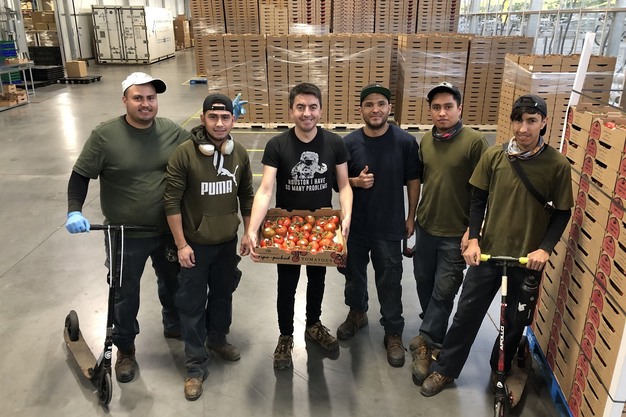
The reality of seasonal workers
Luis Gabriel's workforce consists primarily of seasonal laborers, many of whom come from countries like Mexico and Jamaica. These workers often have a singular goal: earn enough money to send back home to their families. "They want to come over, work hard, send money to their families, and then go back," he says. Out of dozens of workers, only a handful express interest in staying permanently in Canada.
The reason for this is largely financial. The cost of living in Canada has soared, making it nearly impossible for workers to bring their families and settle permanently. "The rent went up 38% in the last two years," he laments, making it challenging even for those who might consider staying. For many of these laborers, the goal is to improve their lives back home, not to relocate to Canada permanently. Luis Gabriel encourages them to save and invest in their homes and families in their native countries.
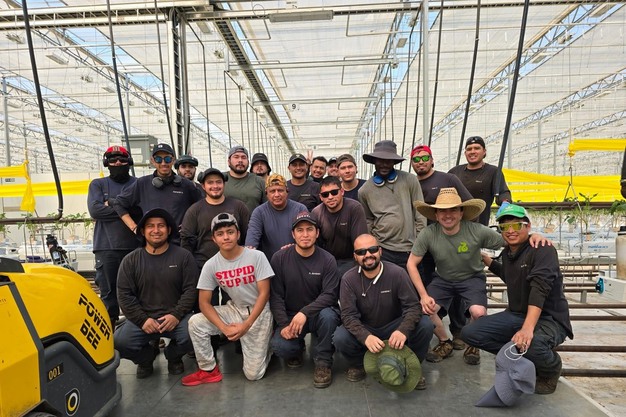
Supporting workers beyond the greenhouse
Companies like Sunterra don't just employ workers; they provide essential support to their seasonal staff. "You need to provide them housing and a vehicle to move around," Luis Gabriel explains. This includes taking workers to buy groceries, visit doctors, or even run personal errands. The company covers most of the costs, including subsidized rent, leaving workers with only a small amount to pay for shared housing. "We need to provide them and treat them well because I want them to return," he says.
The emphasis on worker well-being extends beyond just physical needs. Luis Gabriel talks about the importance of helping his workers settle into their jobs: "When you have a new worker, it takes between one and two months for them to become a pro." The goal is not just to hire workers but to build long-term relationships that encourage them to return season after season. To incentivize this, the company offers bonuses for performance and retention, ensuring that those who come back year after year are rewarded for their loyalty and hard work.
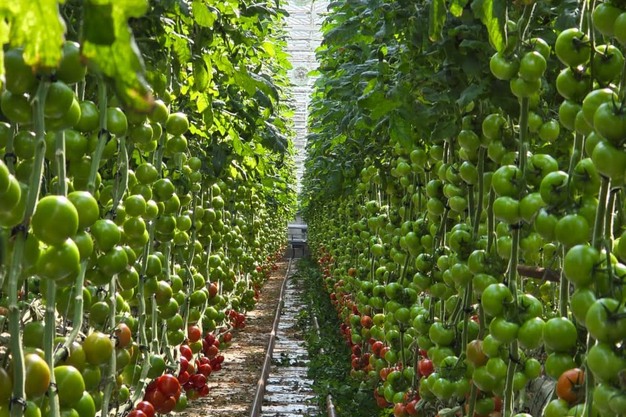
Building trust and empowering workers
Luis Gabriel's leadership style is built on trust and mutual respect. Over time, he has learned to give his workers the autonomy they need to excel in their roles. "You don't need to be behind them 24/7," he explains. By checking in on his workers' personal lives and fostering a supportive environment, he has built a team that takes initiative and performs at a high level without constant supervision.
His approach emphasizes empowerment through education. "When you explain the why's, they just do it after," he says, illustrating how providing context and understanding motivates workers to improve. This strategy has led to a workforce that not only performs well but also grows professionally, becoming more skilled and independent over time.
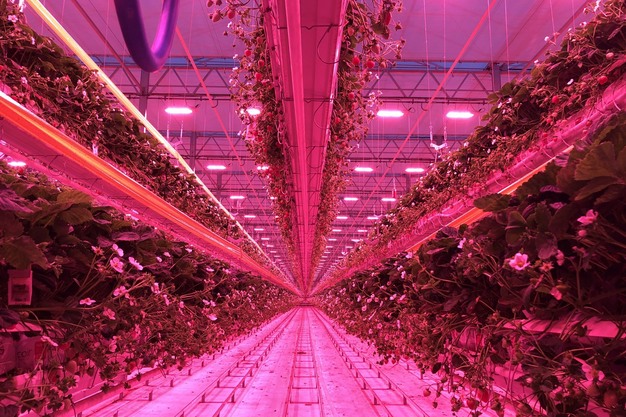
Growing people alongside plants
Luis Gabriel sees his role as not just growing plants but growing people. He shares his own experience of coming to Canada as an immigrant 14 years ago, noting how hard work and opportunity allowed him to build a successful career. He now wants to offer similar opportunities to his workers. "I grow plants, but I grow people too," he says, acknowledging the personal and professional development that comes with the job.
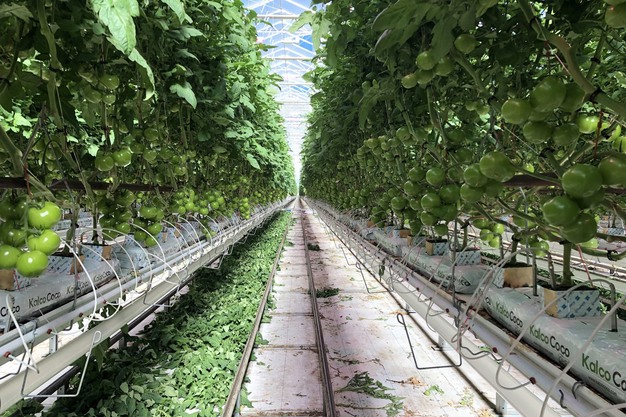
While greenhouse work is often grueling, requiring long hours and dedication, he believes that the hard work pays off. "Plants don't care what happens around them; they don't wait," he remarks, highlighting the relentless nature of the job. Despite the challenges, he finds fulfillment in seeing his workers thrive, knowing that he has helped them grow both as employees and as individuals.
Understanding the personal sacrifices that seasonal workers make by leaving their families behind, Luis Gabriel strives to create a balance between work and life for his team. He offers flexible vacation options, allowing workers to take unpaid leave in addition to their paid time off so they can spend more time with their families back home. "We give them some flexibility to offer what they want," he says, recognizing that not every worker prioritizes earning more money over spending time with loved ones.
Ultimately, his approach to labor in his greenhouses is about more than just efficiency and productivity—it's about fostering an environment where workers feel valued and supported. By doing so, he not only ensures the success of his greenhouse but also helps his workers succeed in their personal and professional lives.
For more information:
Sunterra Greenhouse
255044 Highway 575, Acme, Alberta
sunterragreenhouse.com
Luis Gabriel Forero
Email: [email protected]
